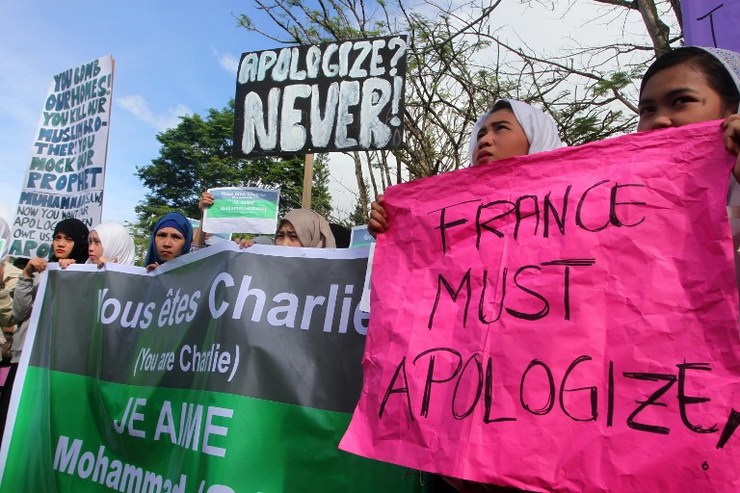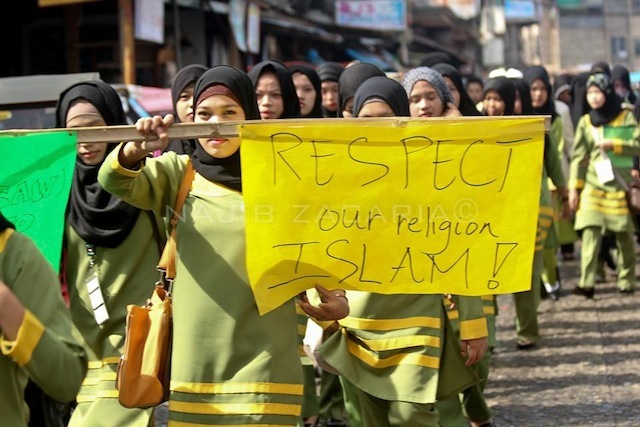From the Philippine News Agency (Jan 13):
Non-Catholic troops also happy to serve as Pope Francis' security contingent
Even non-Catholic soldiers, tasked to secure Pope Francis
during his Jan. 15 to 19 visit to the Philippines, have expressed their
joy for being chosen to provide security for the Pontiff.
Among them is Capt. Erwin Dumaghan, 35, a Protestant, and a
member of the 8th Philippine Contingent to the Golan
Heights which was supposed to relieve the 7th PCGH which was
ordered withdrawn due to intensifying conflict in the area.
“Religion will not be a barrier in our service as part of
the security detail of the Pope,” Dumaghan, who has been in the service for 11
years, said.
Meanwhile, 1st Lt. Bahnarin Camsa, 33, a Muslim from Cotabato City, also believes that religion will
not be a problem among soldiers who were tasked to secure the papal visit.
“It is an honor just the same to be part of the Pope’s
security. I just hope that Pope Francis will inspire all Filipinos to join us
in the path to peace,” Camsa stressed.
The former was assigned twice as security detail of
President Benigno S. Aquino III during his visit to Masbate
City and Zamboanga City.
Dumaghan and Camsa were also assigned to the contingent that
secured the Feast of the Black Nazarene last Jan. 9.
In that religious event, crowd control was top priority.
As the ranking spiritual leader of the Roman Catholic
Church, many people, especially the devout, look to Pope Francis for spiritual
guidance and inspiration.
Another member of Pope Francis' security contingent, Major
Rodelio Villamor, 34, a native of Dagupan
City, Pangasinan, said
the Pontiff's visit is huge blessing for the country.
“This is a huge blessing for us as Catholics. It is an honor
to be part of our Holy Father’s security,” he said.
Villamor was recently assigned to provide security for the
Feast of the Black Nazarene last Jan. 9.
From Quirino Grandstand at the Rizal
Park to Quiapo Church,
he witnessed the dangers that comes with controlling millions of people
gathering in an event.
Villamor also said that the Pope’s visit has its own
challenges.
“The security of Pope Francis is very challenging, but this
will be a fulfilling experience as a Catholic, to know that our Holy Father
recognizes his followers in the Philippines,” Villamor, a devout Catholic and
father of two, said.
Organizers of the visit have estimated that about six
million people are coming to see Pope Francis.
http://www.pna.gov.ph/index.php?idn=1&sid=&nid=1&rid=724734





















